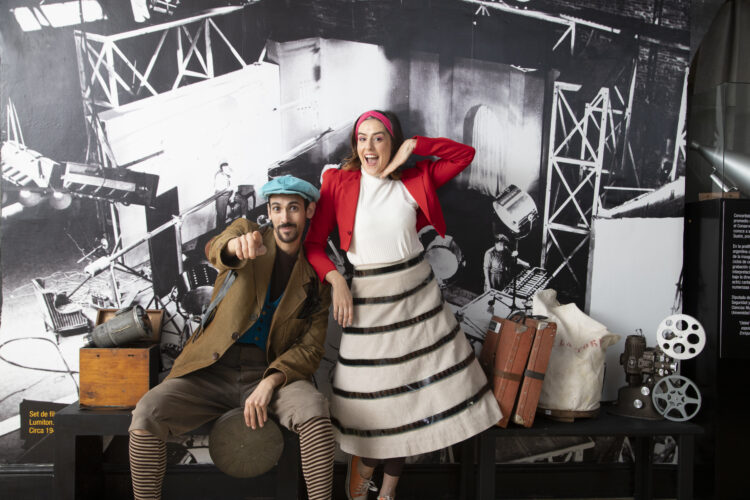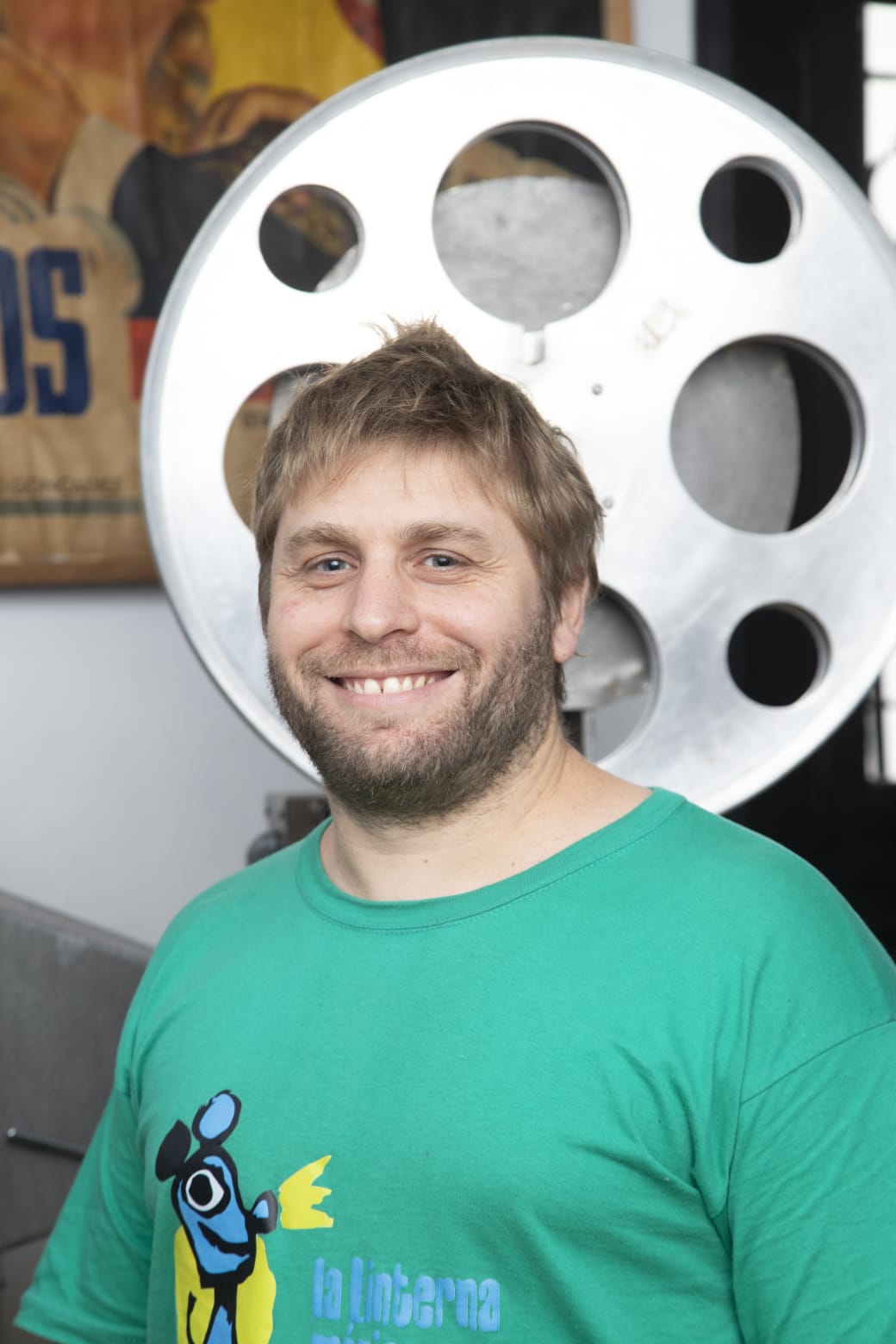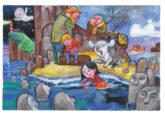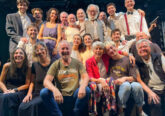The Magic Lantern: The film club that brings the Seventh Art to children

Cinema is one of the artistic expressions par excellence, offering a wide world of sensations and experiences. The Magic Lantern focuses precisely on experiences, a film club that targets the little ones.
This initiative that was born in Switzerland with the aim of expanding cinematographic concepts in the youngest children arrived in our country in 2008, from Spain and from the hand of Andy Feldman, first director who moved to the Old Continent a year after the proposal began.
For this reason and since then, The person in charge of organizing and carrying out this great project was Ilan Brandenburg., who spoke with The sidewalk and provided greater details about this proposal that is not usually abundant in other latitudes.
“Linterna began at the Abasto Microcinema, then we go to Konex. Where we grew a lot until 2019”, Brandenburg related at the beginning. Once established as an independent project, The pandemic prevented the continuity of everything, so we had to wait until 2022, where it was carried out in the Cultural 25 of May and then, since this year, at the El Tinglado theater.
“It started with an idea from Andy Feldman, who saw the project in Spain and contacted them”, the organizer said. “The project is of Swiss origin and Andy made the contacts to bring it to the country. After a while they called me and I started working together, until being the project director”.

What objectives do you pursue when bringing cinema to children through this film club??
The idea is to be able to move in general terms. Although there are a lot of objectives that have to do with education, the promotion of culture and bringing other cultures closer -because they watch films from all over the world-; There is something very clear that has to do with the intuitive language of the language of cinema and the emotions that all of this generates..
That's why, although it works with educational content and cinematographic concepts, we always worked on the previous explanation and not after, because the idea is that the boys leave with the emotion. That is why the objective has to do with the power that cinema has to excite.
What is the methodology you use to select the films you show??
It has to do with a digital magazine that arrives before the performance and has a more explanatory nature. Then it has a character in which the boys are received by the presenter of The Magic Lantern, where they begin to know a little more about the film, with a question and answer game, so they can expand on that prior knowledge and then there's the other presenter, who always arrives late and along with a guest who changes month by month, perform a short play based on some of the cinematographic concepts that emerge.
So, there is the written part with the digital magazine, another part of explanation with the reception, another theatrical part and finally the film, reversing what is perhaps done with cinema debate, which is discussed after the function is over.
The experience that The Magic Lantern offers to the little ones is unique, since within the structure of the function the children enter the room without their parents, because the idea is to “form a space for them”. Parents can enter too, but they do it at the bottom of it. That is, the kids in front and the adults in the back. “This is how we create a space designed for them, so as not to interfere with the children's own experience.".
Brandenburg explains that presentations of The Magic Lantern are suggested for children “of 6 years onwards”, since in that range “they have more tolerance for being alone” and “that is the main thing, because if they were younger, We suggest that you enter with your parents., because in addition to costing a little more concentration, "It's also hard for them to stay alone.".
Which movies have had the greatest impact or been most popular among children??
It's amazing how the methodology makes practically all movies interesting for kids. But maybe as something striking, We show silent movies with live music. So, It's quite striking what that has, I dare say that the greater the impact. They are films of more than 100 years, like those of Chaplin or Buster Keaton.
What feedback do you receive from parents and children about the film club experience??
I could say that it is always very grateful, because the truth is that what we do cannot be found elsewhere, so we have a very good answer, because when we do each function people come.
I think they find in The Magic Lantern a space for training in relation to cinema that is not available anywhere else.. The children too, especially when one has that prejudice that they will not be attentive to the screen, but each screening is between an hour and a half and two hours and the kids are involved. Thanks to all that previous methodology, it makes the kids feel the desire to participate in this film club..
With a few more features before the end of the year, Brandeburg is already thinking about the future projects that this important initiative will face. “We create film clubs in Villa Soldati and in special education schools., for free. This is done during the week, within the school and they receive exactly the same”, he explained.
In that context, “We are thinking about seeing how we expand that, looking for contributors. It is something very difficult but we are searching to be able to do it in more institutions that have requested us.”. Likewise, “Another thing we have in mind is to have a greater number of specific silent film screenings with live music.”. We recently had one in the CCK's completely full Argentine Room and the idea is to continue with actions of this type.".
Upcoming performances of The Magic Lantern
Sunday 8 of September. 15 hours
Sunday 20 October. 15 hours
Sunday 10 of November. 15 hours
All performances are at El Tinglado Teatro, located in Mario Bravo 948. Tickets through the Alternative Theater system.





